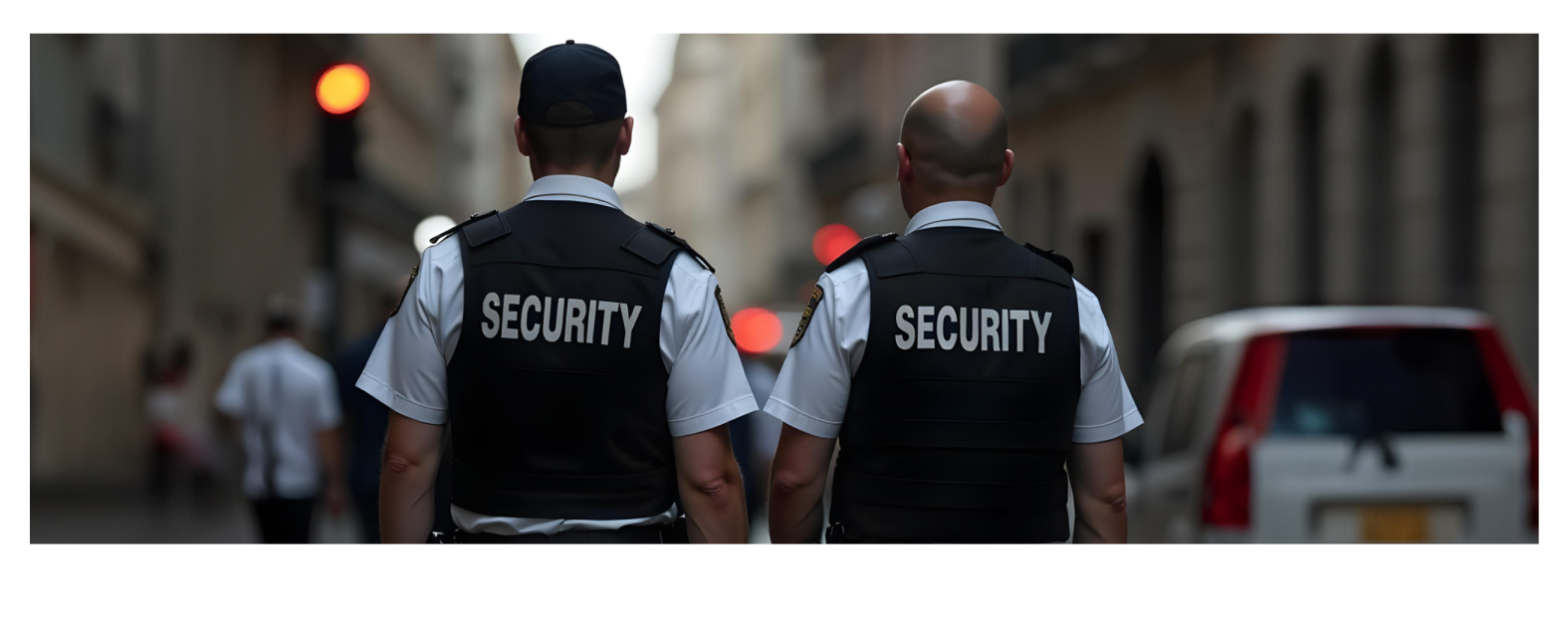For security employers, the quality and reliability of personnel you hire can make or break your company’s reputation. With increasing demand for security professionals who are not only well-trained but also thoroughly vetted, companies need to implement robust security vetting practices to ensure they hire trustworthy individuals who meet regulatory standards. For those operating in the United Kingdom, adhering to BS7858 security vetting standards is particularly important.
Here are five best practices for UK security vetting in 2024 that every hiring manager should follow.
1. Embrace Comprehensive Background Checks
A thorough background check remains the foundation of any effective vetting process, particularly in industries where employees handle sensitive security tasks. In 2024, compliance standards such as the BS7858 vetting process set stringent requirements to ensure that security staff are reliable and risk-free. These checks should verify the candidate’s employment history, qualifications, criminal record, and references.
In addition to meeting compliance standards, a comprehensive BS7858 screening for background checks provides a deeper understanding of a candidate’s suitability for security roles, allowing employers to identify any potential risks. This also ensures that security staff are prepared for the unique demands of their positions and reduces the likelihood of hiring issues that may arise after onboarding.
2. Use Automated Technology to Speed Up Vetting Processes
The Security Industry Authority requires security professionals to be vetted as per the BS7858 screening standards. Traditional, manual vetting processes can be time-consuming, stretching hiring timelines and leaving gaps in security coverage. But time is of the essence when filling security positions, especially for temporary roles or urgent hiring needs. That’s why automated technology has become an essential tool for security recruitment in 2024, as it accelerates the vetting process without compromising accuracy.
Recommended Reading: Learn the difference between basic background checks and SIA-compliant vetting.
Platforms like GuardCheck, a fully-managed BS7858 vetting service, leverage advanced automation to streamline BS7858-compliant vetting, enabling employers to complete screenings in a shorter amount of time. This rapid turnaround minimises delays in hiring and provides companies with instant updates on progress, keeping hiring managers informed at every stage. By using automated vetting tools, companies are now able to meet tight hiring timelines while ensuring compliance with industry standards.
3. Prioritise Real-Time Data for Continuous Monitoring
The security industry faces ever-evolving challenges, making it crucial for employers to maintain up-to-date information about their staff. Continuous monitoring is an emerging best practice that ensures employees remain compliant with regulatory requirements and company standards throughout their tenure. This approach is particularly beneficial in identifying issues such as expired licence, recent criminal convictions, or other factors that may compromise security.
One of the best practices for security employers is implementing a system that offers real-time updates, allowing them to monitor compliance status actively. By integrating real-time data into their security vetting process, companies can immediately address any potential concerns, reducing the risk of security breaches and ensuring that their staff consistently meet industry regulations.
4. Implement Rigorous Identity Verification and Documentation Checks
Identity verification is a critical step in preventing fraud and ensuring the credibility of security personnel. In an increasingly digital hiring landscape, verifying the authenticity of documentation and identity details can be challenging. However, it’s essential to ensure that each employee’s background and qualifications are accurate and reliable.
To prevent hiring fraud and build trust, companies should adopt verification techniques that assess the authenticity of essential documents, such as licences and certificates, before extending an offer. This extra layer of diligence ensures that only fully qualified and legitimate candidates are hired in compliance with the SIA vetting process, reducing the risk of onboarding individuals with falsified credentials.
5. Streamline the Vetting Experience for Candidates
While a rigorous vetting process is necessary, making the experience efficient and user-friendly for candidates can positively impact a company’s reputation. Complex or overly lengthy vetting processes can discourage high-quality candidates from completing their applications, especially in a competitive job market where qualified security professionals are in high demand.
Providing a streamlined vetting process shows respect for the candidate’s time and reduces barriers to entry for skilled applicants. Clear communication, accessible updates on the vetting status, and a focus on efficiency will improve the candidate experience, leading to higher engagement and retention of talented individuals within the security workforce.
Make Security Vetting and Compliance Easy with GuardCheck
As security risks evolve and regulations become more stringent, following best practices for vetting security employees is essential.
GuardCheck provides advanced BS7858 security screening and vetting, allowing companies to stay ahead of these industry demands. With features designed specifically for the security sector, this fully-managed vetting service enables fast, accurate, and compliant vetting, helping organisations secure their personnel with confidence. Invite and vet candidates on GuardCheck today.
In 2024, adopting these security vetting practices will set your company apart, ensuring that only the most qualified and trustworthy professionals represent your brand in a rapidly changing security landscape.
